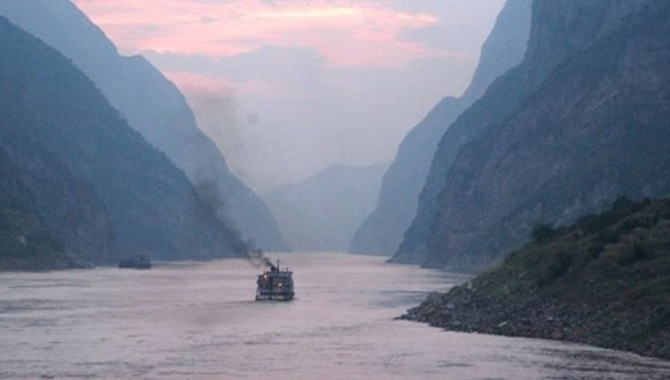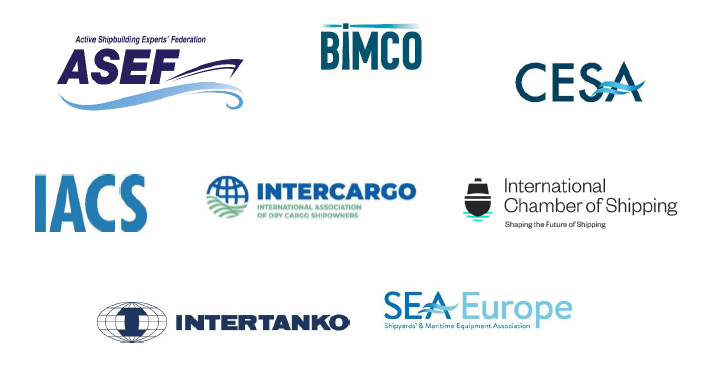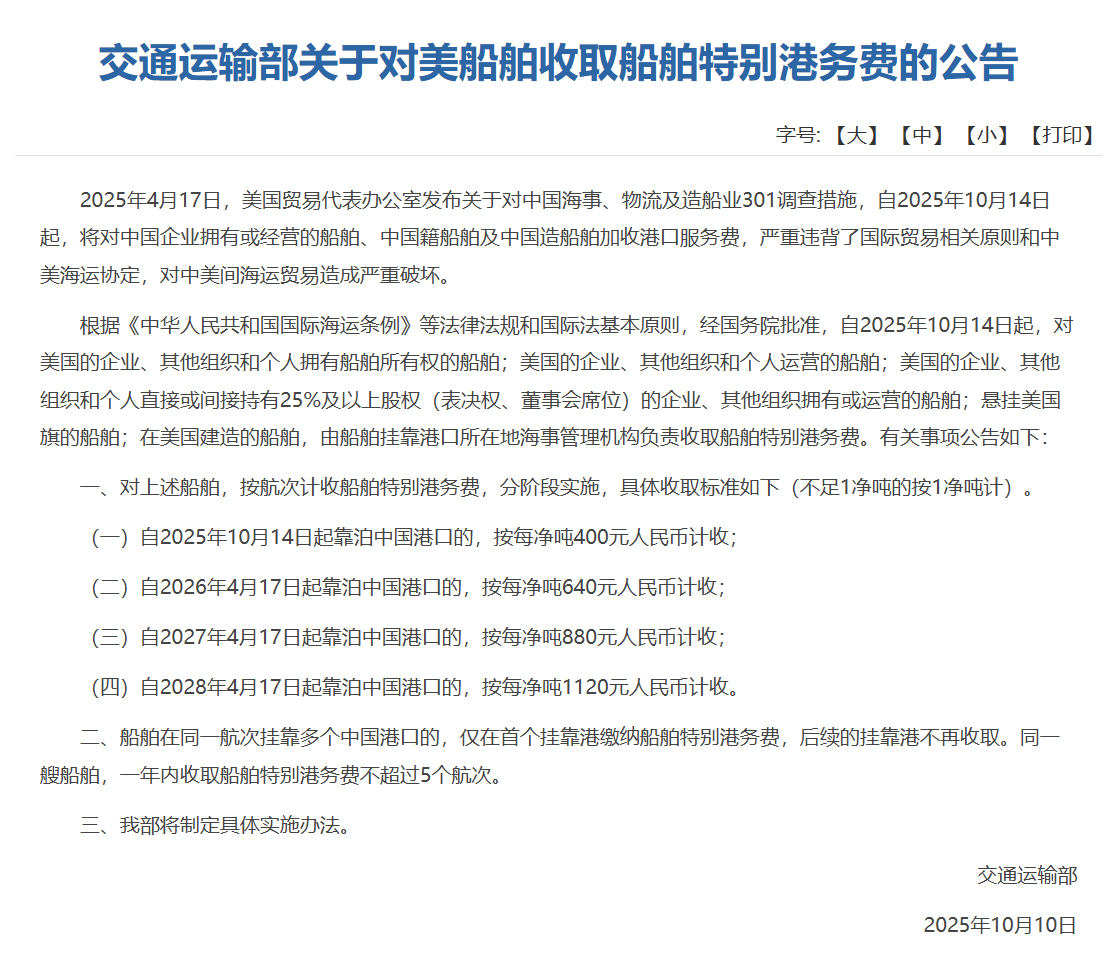
China’s extension of its emission control areas to its entire coastline will be triggered within weeks in a move that is certain to encourage LNG-fuelled and other low-pollution shipping in the longer term.
The regulations, which were announced in mid-2018 and apply from January 2019, are similar to those already applied in European ECAs. They set a sulphur content limit of 0.5% and will affect all vessels sailing within 12 nautical miles of the coast as well as when berthing.
Also, from 2020 the government may move to further tighten the sulphur limit to less than 0.1% as it aims for 100% compliance with IMO’s global sulphur cap regulations.
Shippers operating in the new coastal ECA zones will probably have to carry dual fuels to comply with the regulations, reports energy consultant Wood Mackenzie. Clearly, clean-burning LNG-powered vessels such as chemical tankers will be advantaged.
Although the 12-mile limit is much softer than the up to 200-mile limits imposed in European ECAs, the regulations are highly significant because of the huge role that China plays in international shipping. The regulations also apply to inland waterways through which there is a huge flow of goods to the interior provinces. According to Wood Mackenzie, nearly two thirds of China’s demand for bunker fuel of 650 kb/d is used in inland waterways, with the rest burned in coastal areas.
Most of the fuel used is oil and marine diesel and emits varying levels of sulphur. But from January 2019, China will impose a unified specification for diesel known as China VI for marine use. Although China VI is more expensive than the high-sulphur fuel (HSFO) that is currently most in demand, HSFO-powered vessels will be banned on inland waters from 2019 unless they are fitted with scrubbers or other sulphur-reducing technology.






